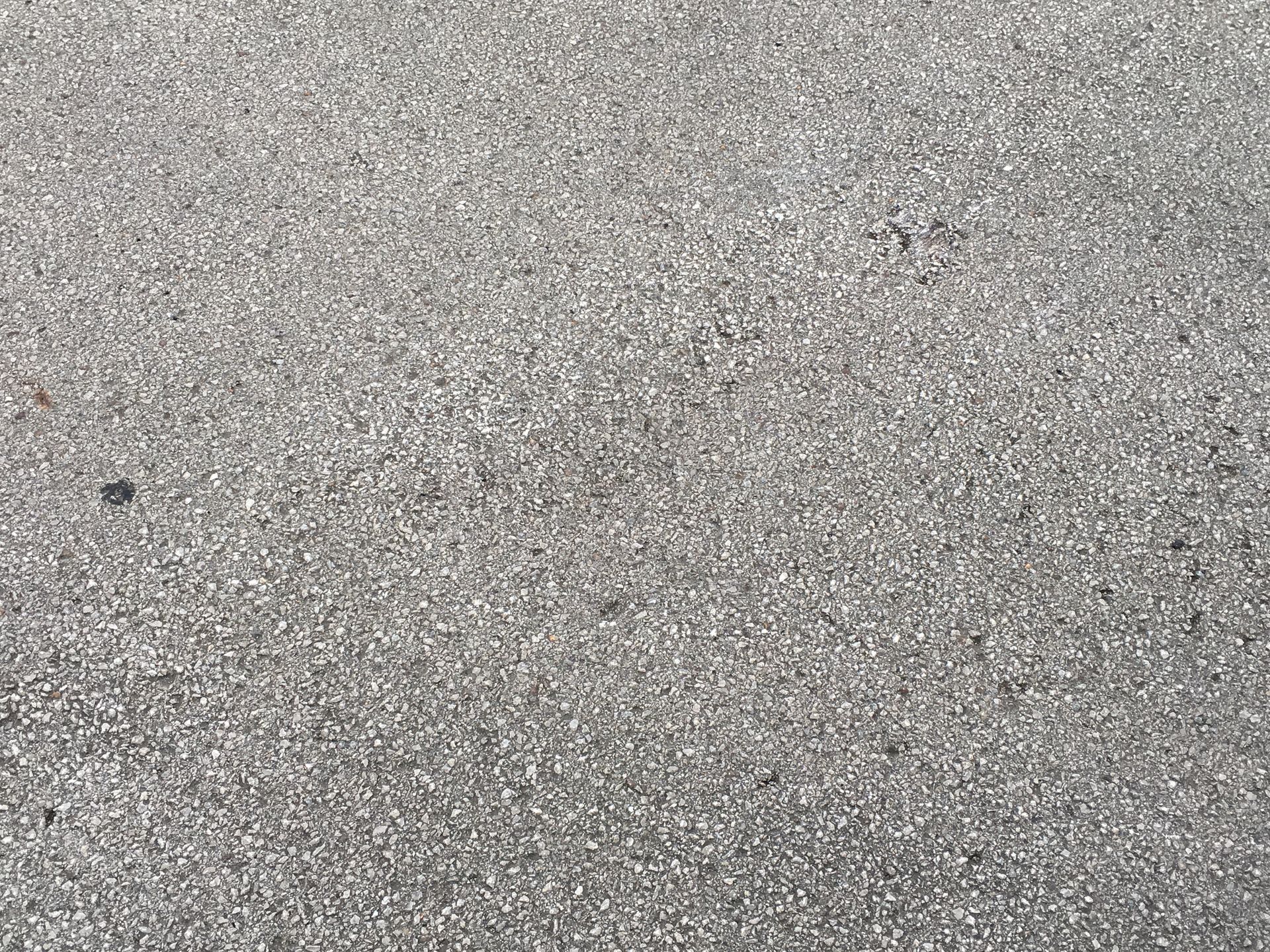Oxidized Asphalt:
What it is, how it happens, and how to fix it

Asphalt is a widely used material for paving roads, driveways, and parking lots due to its durability, low cost, and ease of installation. However, over time, and in fact, the SECOND that asphalt is layed down, a process begins known as oxidation. This process of oxidation results in the deterioration of the pavement's original chemical properties and a decline in its overall performance. Keep reading as we will discuss what oxidation of asphalt is, why oxidation occurs, and how to fix this process.
What is Oxidation of Asphalt?
Oxidation is a chemical reaction that occurs when oxygen reacts with the molecules in asphalt. Oxidation begins the second asphalt is laid down. As a result of oxidation, the asphalt molecules lose their ability to bond together, causing the pavement to become brittle and less flexible. The oxidation of asphalt is a gradual process that occurs over time and can be accelerated by exposure to ultraviolet (UV) radiation from the sun, oxygen, and moisture. When oxidation is left untreated, asphalt loses its chemical bond and becomes brittle. Negative effects of oxidation include cracks, allegation, chipping away of asphalt, and potholes.
Why does Asphalt Oxidize?
Asphalt is made up of a mixture of organic and inorganic materials, including bitumen, which is the binding agent that holds the pavement together. Bitumen is a highly viscous material that is susceptible to oxidation, which can occur due to various environmental factors, including exposure to sunlight, air, and moisture. As the asphalt ages and is exposed to these elements, the bitumen molecules begin to break down, causing the pavement to lose its flexibility and strength.
How Do I Fix Oxidized Asphalt?
If your asphalt pavement has undergone oxidation, you may notice signs such as cracking, crumbling, or a dull appearance. Fortunately, there are several ways to fix oxidized asphalt, depending on the extent of the damage.
- Sealcoating: Sealcoating involves applying a protective layer of sealant over the pavement's surface. This can help to prevent further oxidation and prolong the pavement's lifespan. Sealcoating can also enhance the pavement's appearance and make it easier to clean.
- Patching: If the oxidation has caused significant damage to the pavement, patching may be necessary. This involves removing the damaged areas and replacing them with new asphalt. Patching can help to restore the pavement's structural integrity and prevent further damage.
- Resurfacing: Resurfacing involves applying a new layer of asphalt over the existing pavement. This can help to cover up any cracks or damage caused by oxidation and restore the pavement's appearance and functionality.
- Reconstruction: If the damage caused by oxidation is severe, reconstruction may be necessary. This involves removing the entire pavement and rebuilding it from scratch. While this is the most expensive option, it can provide a long-term solution and improve the pavement's overall durability and performance.
In conclusion, oxidation of asphalt is a common issue that can occur due to exposure to environmental factors such as sunlight, air, and moisture. However, with proper maintenance and repair techniques such as sealcoating, patching, resurfacing, or reconstruction, it is possible to restore the pavement's structural integrity and prolong its lifespan. It is important to address any signs of oxidation as soon as possible to prevent further damage and ensure the safety and functionality of the pavement. If your pavement is showing signs of oxidation, give Omega a call at 501-414-6359 to discuss a plan of action to restore your pavement to its former glory.
